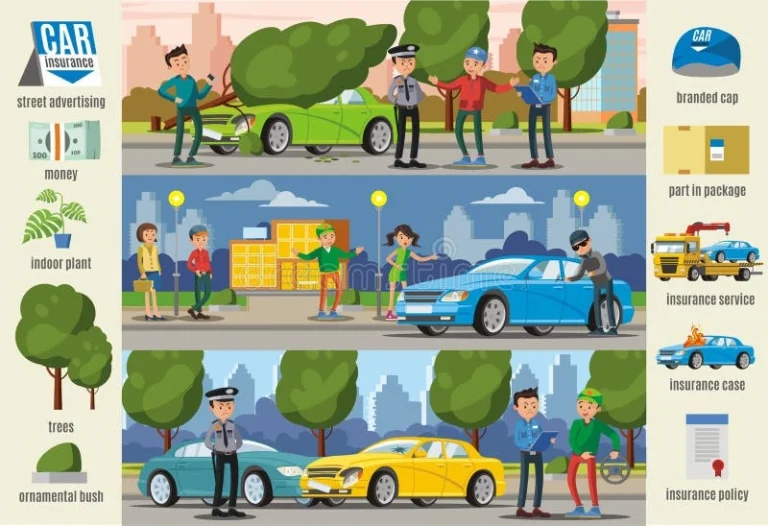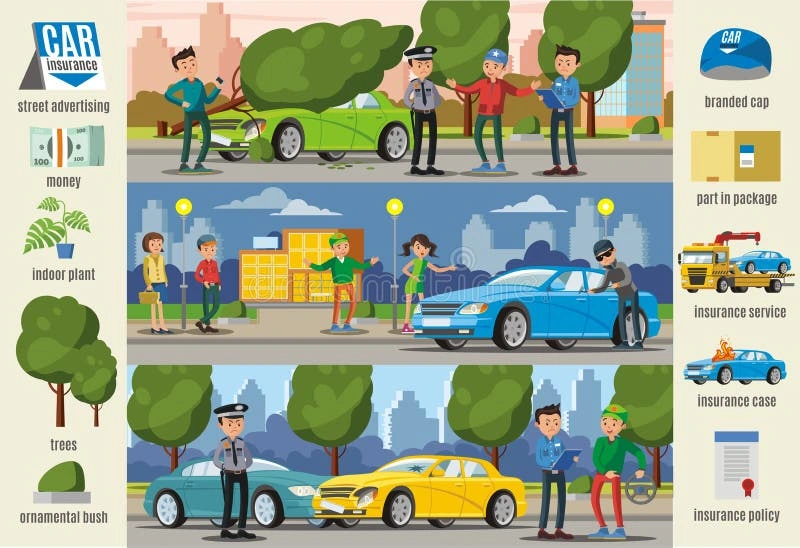When shopping for car insurance, one of the most important, but often misunderstood, terms is the deductible. Understanding what deductible for auto insurance means and how it affects your coverage, premium, and out-of-pocket expenses can help you make a confident, informed choice.
Whether you’re a first-time car owner or looking to adjust your policy, this guide will break down everything you need to know, so you can protect your financial well-being and drive with peace of mind.
What Is a Deductible in Auto Insurance?
A deductible is the amount of money you agree to pay out of your pocket before your insurance company covers the rest of a claim. It applies specifically to comprehensive and collision coverage, not liability insurance, which typically does not carry a deductible.
Example:
If your car is damaged in an accident and the repairs cost $3,000, and your deductible is $500, you will pay $500 and your insurer will pay $2,500.
The deductible is essentially your share of the financial responsibility. It helps insurance companies reduce the number of minor claims and ensures policyholders share in the cost of repairs or replacements.
Types of Auto Insurance Deductibles
There are two main coverages where deductibles typically apply:
- Collision Coverage
Covers damage to your car if you hit another vehicle or object. Example: You back into a pole or get into a multi-car accident. - Comprehensive Coverage
Covers non-collision-related incidents. Example: Theft, vandalism, fire, hail, or a tree branch falling on your car.
These coverages usually offer deductible options ranging from $100 to $2,500, depending on the insurer.
What Deductible Should You Choose for Auto Insurance?
The right deductible amount depends on your budget, risk tolerance, and vehicle value.
1. Low Deductible ($100 – $500)
- ✅ Lower out-of-pocket cost when filing a claim
- ❌ Higher monthly or annual premium
- ✅ Ideal if you don’t have emergency savings
- ❌ May not be cost-effective if you rarely file claims
2. High Deductible ($1,000 – $2,500)
- ✅ Lower premium
- ❌ Higher out-of-pocket cost when something goes wrong
- ✅ Ideal for safe drivers with emergency funds
- ❌ Not advisable if you frequently drive in high-risk areas
Pros and Cons of Different Deductible Amounts
| Deductible | Monthly Premium | Out-of-Pocket Cost | Best For |
|---|---|---|---|
| $250 | High | Low | High-risk areas or tight budgets |
| $500 | Moderate | Moderate | Balanced coverage seekers |
| $1,000+ | Low | High | Safe drivers with savings |
How Does a Deductible Work for Auto Insurance?
The deductible is subtracted from the total amount the insurer pays on a claim. Here’s a step-by-step:
- You get into an accident.
- You file a claim with your insurer.
- The insurer estimates damage (e.g., $2,000).
- You pay your deductible (e.g., $500).
- The insurer pays the rest ($1,500).
If the repair cost is less than the deductible, you’ll pay the full amount yourself, making small claims less practical.
Should You Ever Change Your Deductible?
Yes, and here are a few scenarios where changing your deductible might make sense:
- Your financial situation changes: If you now have a safety net, increasing your deductible could lower premiums.
- You’re driving less: Less time on the road may mean fewer risks, allowing for a higher deductible.
- You move to a safer neighborhood: Lower crime and accident rates might support a higher deductible choice.
FAQs on Auto Insurance Deductibles
What is the best deductible for auto insurance?
There’s no one-size-fits-all. A $500 deductible is common because it balances out-of-pocket costs with premiums. Choose based on your ability to cover expenses in the event of an accident.
How much deductible should I have?
Ask yourself: “Can I afford to pay this deductible tomorrow?” If not, consider lowering it, even if it means slightly higher premiums.
Does a higher deductible always save money?
Not always. You’ll save on premiums, but if you file multiple claims, the out-of-pocket expenses may outweigh the savings.
Final Thoughts: Choosing Peace of Mind
Picking the right deductible is a personal decision. It should reflect your financial situation, driving habits, and peace of mind.
- If you value lower upfront costs during emergencies, opt for a lower deductible.
- If you’re confident in your driving and have savings, a higher deductible could save you money long-term.
Quick Tips Before Choosing:
- 📌 Review your driving history. More claims = better off with a lower deductible.
- 📌 Know your budget. If $1,000 sounds steep to pay in an emergency, keep it lower.
- 📌 Compare insurers. Some offer deductible forgiveness or discounts for safe driving.

















5 Responses
Hi there, I found your site by way of Google even as looking for a comparable matter, your site got here up, it appears great. I’ve bookmarked it in my google bookmarks.
Keep working ,splendid job!
Thanks for any other informative blog. The place else may I am getting that type of information written in such a perfect approach? I’ve a venture that I am simply now operating on, and I’ve been at the glance out for such info.
Good – I should definitely pronounce, impressed with your web site. I had no trouble navigating through all tabs and related information ended up being truly easy to do to access. I recently found what I hoped for before you know it at all. Quite unusual. Is likely to appreciate it for those who add forums or anything, website theme . a tones way for your client to communicate. Nice task..
Normally I don’t learn article on blogs, but I would like to say that this write-up very compelled me to check out and do it! Your writing style has been surprised me. Thanks, quite nice post.